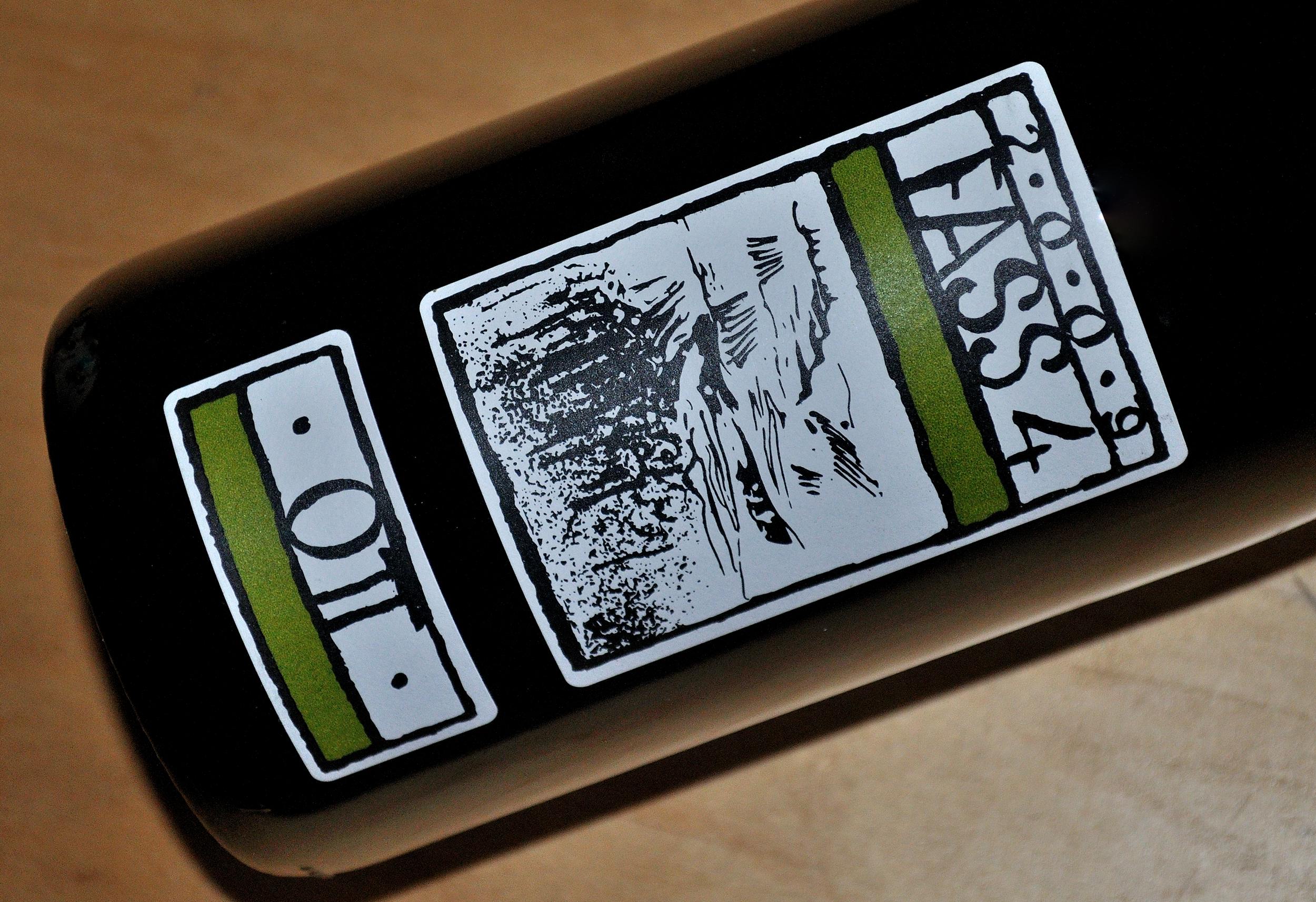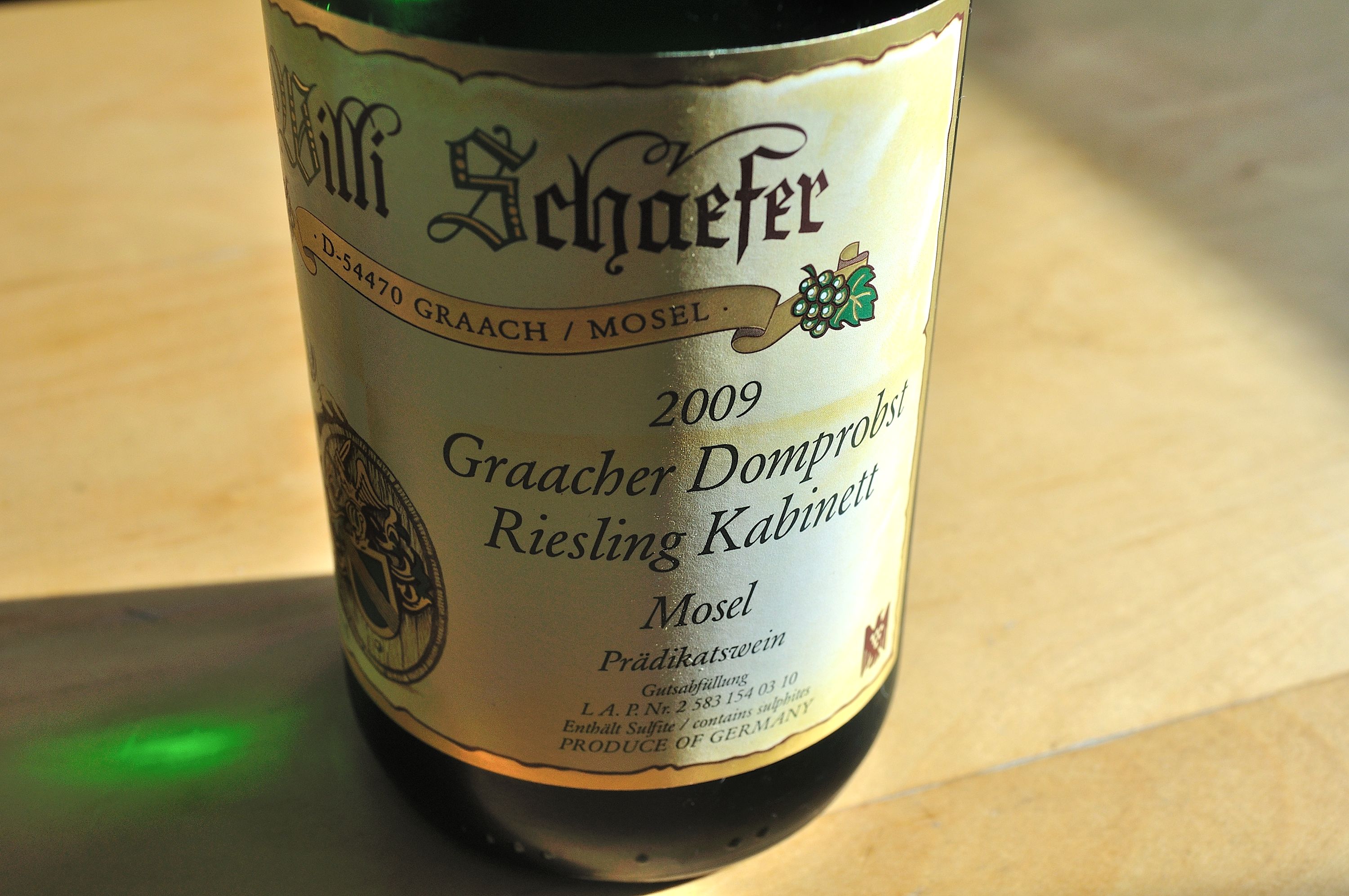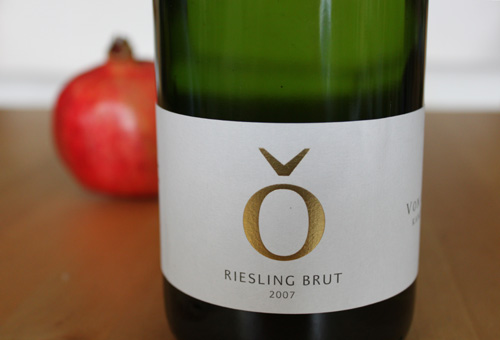Wein und Sektgut Harteneck, Maxime, Pinot Brut
Our regular readers know that we think highly of Baden's southernmost subregion, the Markgräflerland, have enjoyed its original Gutedels and serious Pinots, and count on it to make its name in the international wine world fairly soon. You also know that we have explored the world of German sparkling wines with growing enthusiasm.

If we put those two together, what do we get? We get this all-organic sparkler from the (as yet) little-known Harteneck winery of Schliengen, halfway between Freiburg and Basel.









